
Country over club
For many footballers, representing their national team at a major tournament is considered the pinnacle. Some have taken that idea to extremes, saving their best displays for their countries and, in relative terms, disappointing for the teams who pay their wages. In this slideshow, we pick out nine players who consistently performed better on the international stage than at club level...
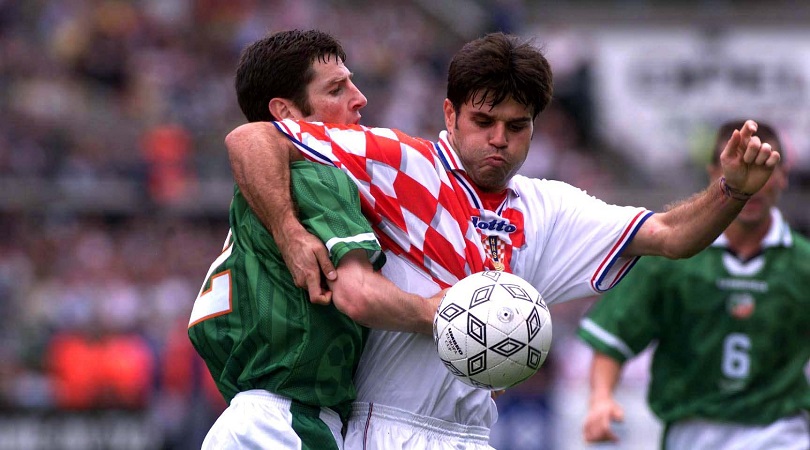
Aljosa Asanovic (Croatia)
Asanovic was an elegant midfielder who was at the very heart of everything Croatia did in the late 1990s. His passing was immaculate, and he made the team tick when they reached the quarter-finals of Euro '96 and then finished third at the 1998 World Cup.
He certainly didn't feel inferior to star players Zvonimir Boban, Robert Prosinecki, Alen Boksic, Davor Suker and Robert Jarni – and rightly so. Despite his exploits on the international stage, Asanovic’s club career at the likes of Montpellier, Derby, Napoli and Panathinaikos only saw him fulfil a fraction of his potential.
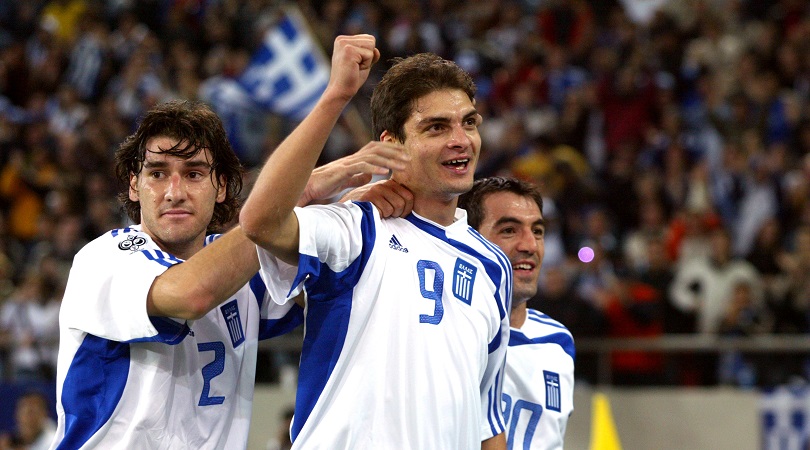
Angelos Charisteas (Greece)
Charisteas will be remembered as a Greek legend for generations to come, having scored the winner against Portugal in the final over Euro 2004. The burly striker also netted the decisive goal against France in the quarter-finals, and was on target against Spain too.
With 25 goals for his country, he’s Greece's second-top scorer of all time – and only four of his strikes came in friendlies. Yet Charisteas only netted nine times in his best season for Werder Bremen in 2002/03, and was disappointing in spells at Ajax, Feyenoord, Nuremberg, Bayer Leverkusen and Schalke.
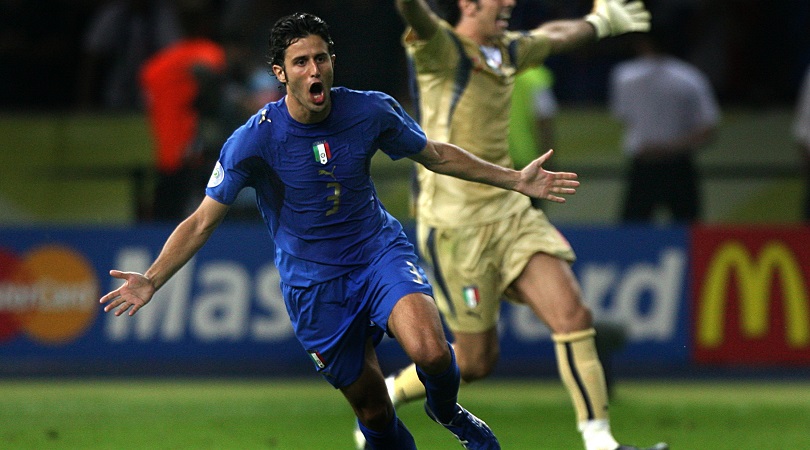
Fabio Grosso (Italy)
Grosso's wild-eyed celebration after scoring the 119th-minute winner against Germany in the 2006 World Cup semi-finals will never be forgotten. Five days later, the left-back had the guts to take and score the crucial last penalty in the shoot-out against France to win the trophy for Italy.
Bizarrely, Grosso played in lower divisions until he was 23, and then went relatively unnoticed at Perugia and Palermo. Following the World Cup he joined Inter, but the move didn't work out and poor spells at Lyon and Juventus followed.
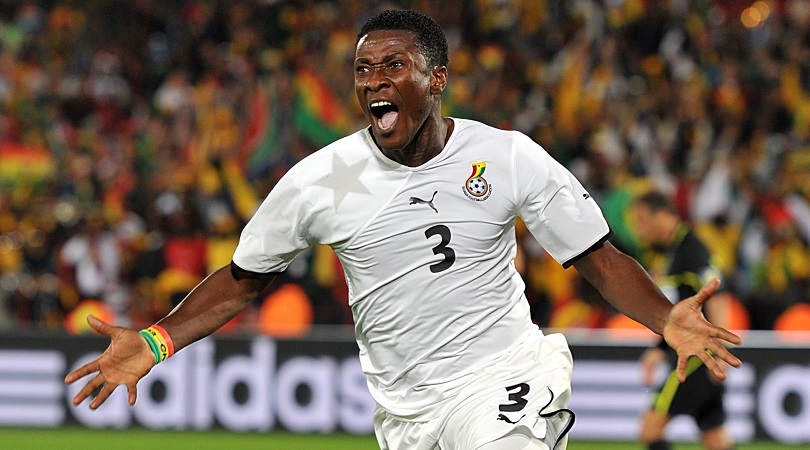
Asamoah Gyan (Ghana)
The top scorer in Ghana’s history with 51 strikes in 106 matches, it's appropriate to mention Gyan in the same breath as Tony Yeboah and Abedi Pele. Granted, he missed the famous penalty against Uruguay in the 2010 World Cup quarter-finals, but he also scored three goals in that tournament and his record in major competitions is superb.
As for his clubs, Gyan had modest spells at Udinese, Rennes and Sunderland, then wasted his career in the Emirates and China. As far as European football is concerned, his legacy is poor.
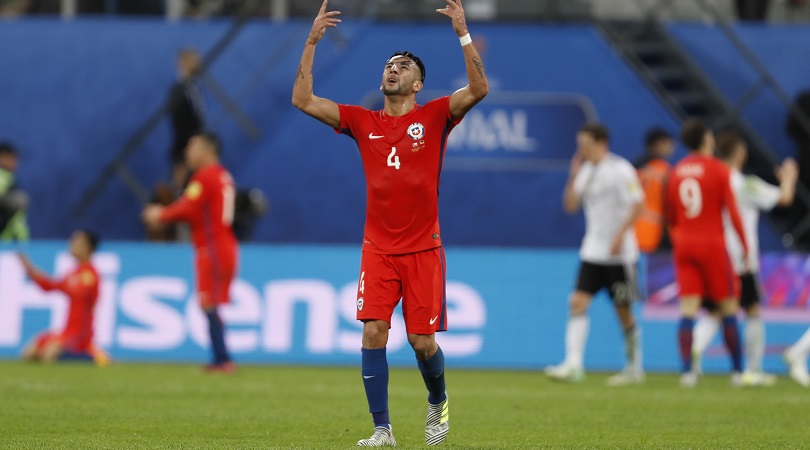
Mauricio Isla (Chile)
Isla showed outstanding promise as a right-back and right-sided midfielder for Udinese at the start of his career, and the national team enjoyed his services. The now-30-year-old has 100 caps, was prominent at two World Cup tournaments and was crucial to their historic Copa America triumphs in 2015 and 2016.
His club career went downhill after he left Udinese in 2012: Isla was a bench-warmer at Juventus, relegated with QPR, and wasn't popular at Marseille either. He's now at Fenerbahce after a mediocre season at Cagliari.
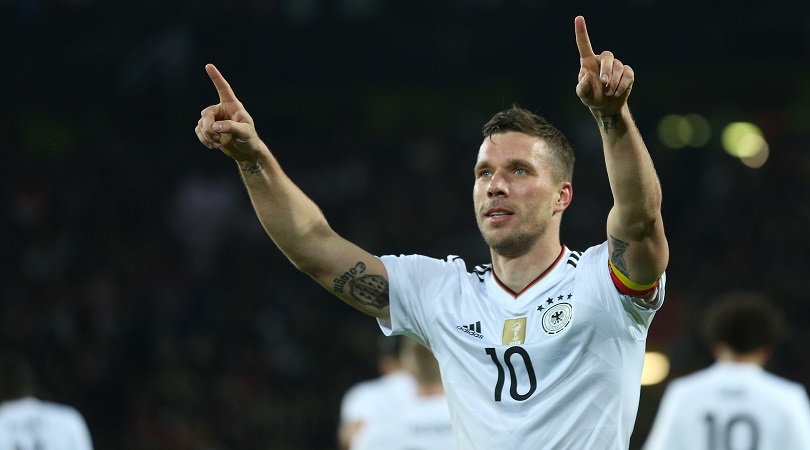
Lukas Podolski (Germany)
Podolski was far from a total failure at Bayern Munich and Arsenal, and he’s a local legend at Koln. And yet, judging by his club career, he doesn't deserve to be considered one of the best German players in history.
It’s a different story at international level, though. The forward has 130 caps for Germany, putting him third in all-time rankings – just behind Lothar Matthaus and Miroslav Klose. He's also their third-highest scorer behind Klose and Gerd Muller with 49 goals, and was part of the Mannschaft’s World Cup-winning squad in 2014.
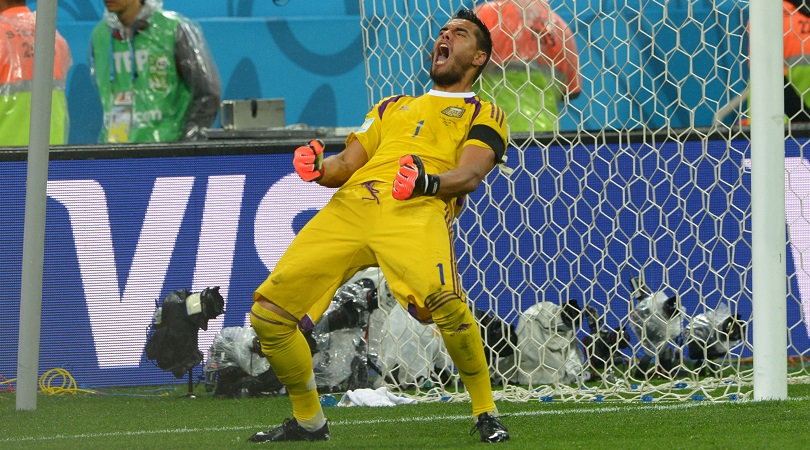
Sergio Romero (Argentina)
Ever since 2013, Romero has been a substitute goalkeeper at his clubs – first Monaco, then Sampdoria, and now at Manchester United. But during that period, he’s also reached three major finals with Argentina – the World Cup in 2014, and Copas America in 2015 and 2016 – incredibly losing all of them, even though he conceded just one goal in 360 minutes of play.
In short, Romero is a top-class custodian who for some reason has played more games for his country than his clubs for half a decade now.
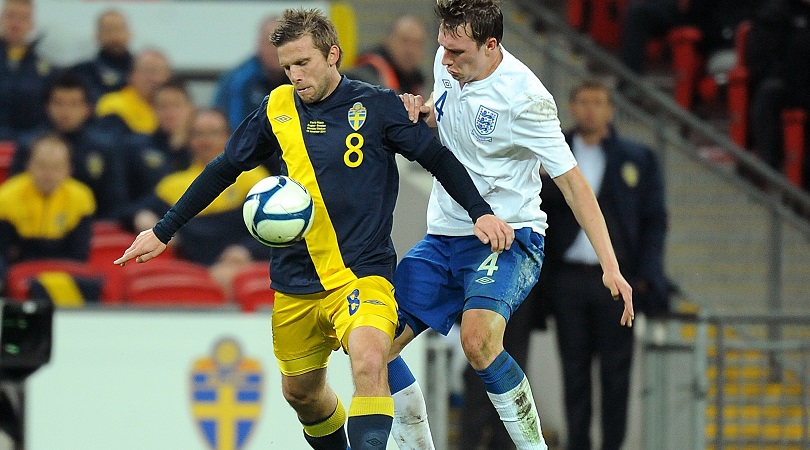
Anders Svensson (Sweden)
Svensson is the most capped Swedish player of all time, having represented his country 148 times from 1999 to 2013. The intelligent and dedicated midfielder scored 21 goals, including the phenomenal free-kick which helped to eliminate Argentina in the 2002 World Cup group stage. Overall, he represented Sweden at two World Cups and three European Championships.
Svensson had the talent and character to play in a top league, but ultimately had just four low-key seasons at Southampton and spent the rest of his career at his beloved Elfsborg. Even there, he only won two championship titles.
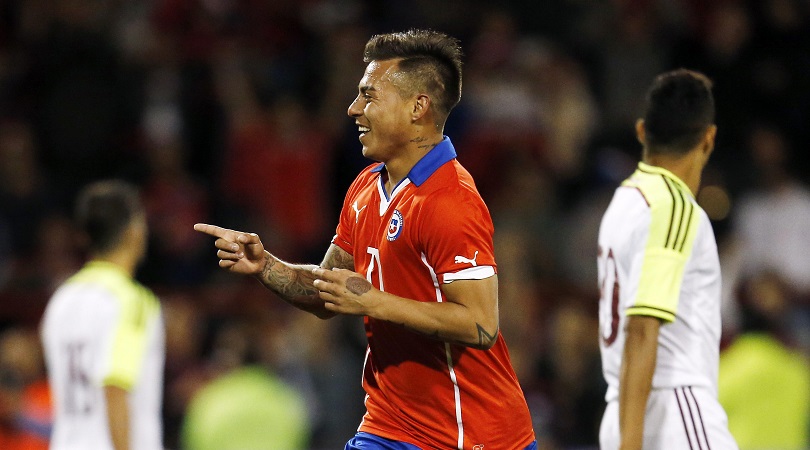
Eduardo Vargas (Chile)
One of the most popular players in Chile, Vargas rarely disappointed when putting the red shirt on. The striker was crowned Copa America top scorer twice in a row, in 2015 and 2016 – and La Roja won both tournaments, having failed to do so previously in their entire history. Vargas had a very solid 2014 World Cup too, scoring in a crucial 2-0 win over Spain.
Overall, he’s notched 35 goals in 82 international fixtures, but his club career in Europe has been a disaster. The Chilean, now plying his trade in Mexico with Tigres, failed miserably at Napoli, Valencia, QPR and Hoffenheim.
Greg Lea is a freelance football journalist who's filled in wherever FourFourTwo needs him since 2014. He became a Crystal Palace fan after watching a 1-0 loss to Port Vale in 1998, and once got on the scoresheet in a primary school game against Wilfried Zaha's Whitehorse Manor (an own goal in an 8-0 defeat).

